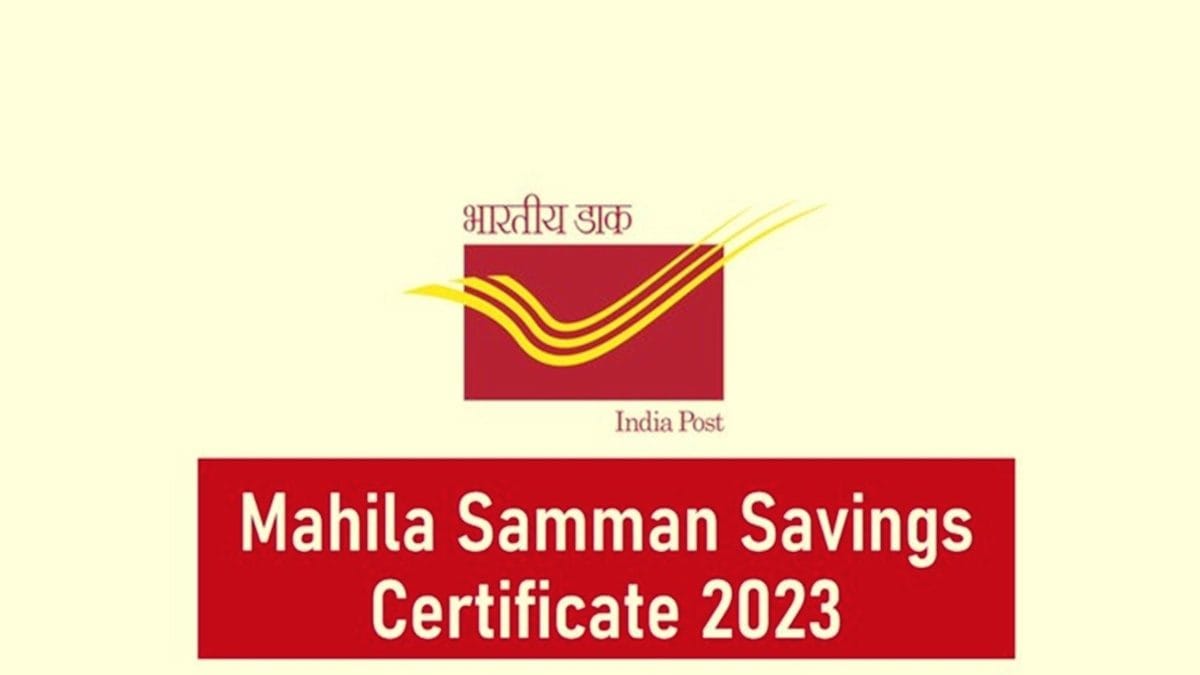[ad_1]
In the evolving landscape of digital payments, there are some pivotal moments that redefine the way we transact. One such moment occurred on April 11, 2016, when the National Payments Corporation of India (NPCI), under the guidance of the Reserve Bank of India (RBI), introduced the Unified Payments Interface (UPI). This innovation promised to revolutionise digital payments in India.
Fast forward to December 1, 2022 — the RBI introduced the initial pilot phase for the retail digital Rupee, or e-Rupee, a central bank digital currency (CBDC).
The Convergence of UPI and CBDC: A New Era in Payments
Earlier this year, T Rabi Sankar, the Deputy Governor of the RBI, unveiled an exciting development — the central bank’s active endeavour to enable CBDC transactions through the UPI channel. This interoperability is set to be facilitated through UPI QR codes, mirroring the familiar process of conventional payment methods.
The result? Empowering merchants that currently accept bank-to-bank or credit-to-bank UPI payments by scanning the UPI QR code to seamlessly accept digital rupee (e₹) payments through customer’s CBDC wallets. The marriage of CBDC and UPI is poised to redefine the way merchants and customers transact.
The Journey Towards Widespread Adoption
E-rupee, in its current phase, is not yet widely accessible to the masses in India. However, the RBI is diligently working towards making it a reality for all. Currently in the pilot phase and available to a limited number of users in select cities, the RBI is rigorously testing the technology and collaborating with banks to develop e-rupee wallets and payment systems.
The potential impact of e-Rupee is immense — it could revolutionise digital payments in India and play a pivotal role in promoting financial inclusion.
The offering, as envisioned by the RBI, will take the form of a digital token, representing legitimate currency in the same denominations as paper currency and coins currently in circulation. Banks will serve as intermediaries, facilitating its distribution and users will engage in transactions through digital wallets provided by participating banks, accessible on their mobile devices.
Transactions using the e-Rupee can encompass both person-to-person (P2P) and person-to-merchant (P2M) transfers. When paying merchants, individuals can employ QR codes presented at their establishments. Similar to physical cash, the e-Rupee embodies qualities such as reliability, security, and conclusive settlement. However, like physical currency, it won’t accrue interest and can be converted into other monetary forms, such as bank deposits.
The Game-Changer Factor
The RBI’s vision for UPI and e-rupee interoperability aims to enhance accessibility, convenience, and acceptance of e-rupee, benefiting both customers and merchants. Customers can now use their existing digital rupee wallets from the pilot project to make payments and merchants can now leverage this interoperability for accepting payments, adding flexibility and boosting customer experience.
This integration not only simplifies the customer journeys but also streamlines processes for merchants. Merchants won’t require separate setups for e-rupee; their existing UPI QR codes can accept e-rupee payments, making transactions smoother and hassle-free.
It is worth noting that while e-rupee transactions currently lack a tax component, future taxation is being considered by the government.
The Phased Approach to CBDC Implementation
As the RBI explores the adoption of CBDCs, it does so with a careful and considered approach. A phased implementation strategy is being pursued to ensure a seamless transition. The RBI is conducting comprehensive studies to evaluate the advantages and drawbacks of CBDCs, with a focus on responsible introduction.
This phased approach encompasses multiple stages. A prototype based on the recommendations of an internal Working Group is being developed, with technical specifications provided to technology partners. Rigorous testing within a controlled operational environment will follow, evaluating functionality and performance under various scenarios. The insights gathered from testing will guide the final design of the CBDC.
Shaping the Final Design through Pivotal Lessons
Large-scale pilots involving diverse users are on the horizon. These pilots will represent different demographics, including income levels, literacy rates, regions, genders, and age groups. The results and lessons from these pilots will be pivotal in shaping the final CBDC design, ensuring its inclusivity and effectiveness in a diverse country like India.
In a digital payments landscape that continues to evolve, the interoperability of UPI and CBDC represents a crucial milestone. As data reveals a growing appetite for digital transactions, the introduction of unified QR code interoperability between CBDC and UPI promises to streamline transactions, making them more accessible and convenient for customers and merchants alike. This innovation signifies a transformative shift towards a cashless and inclusive financial future for India.
(The chief executive officer (domestic) at In-Solutions Global Ltd)
[ad_2]
Source link




